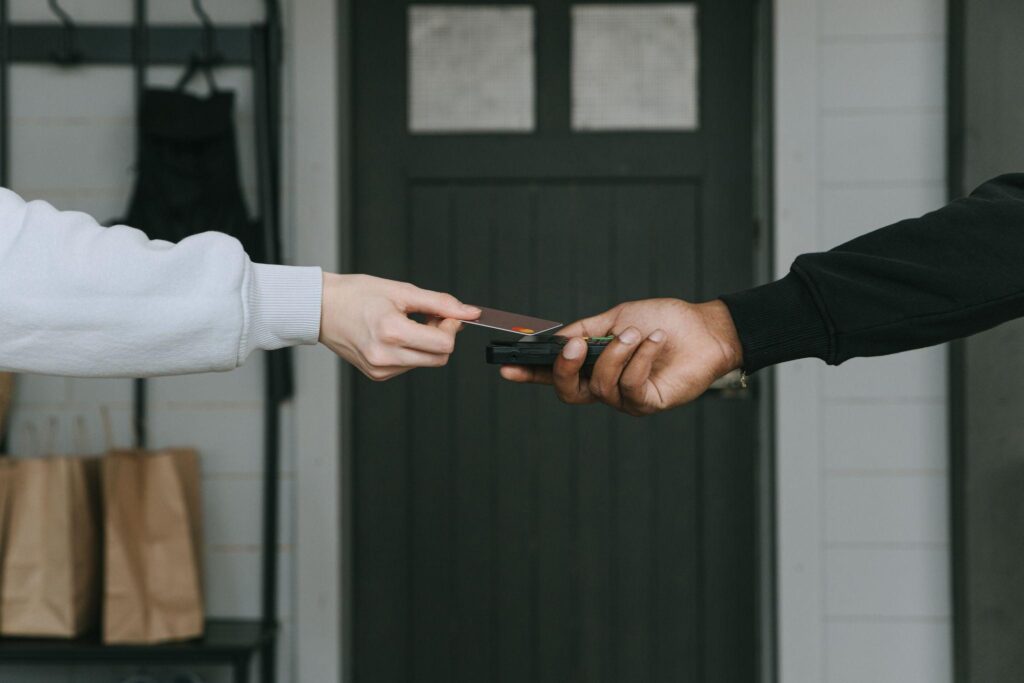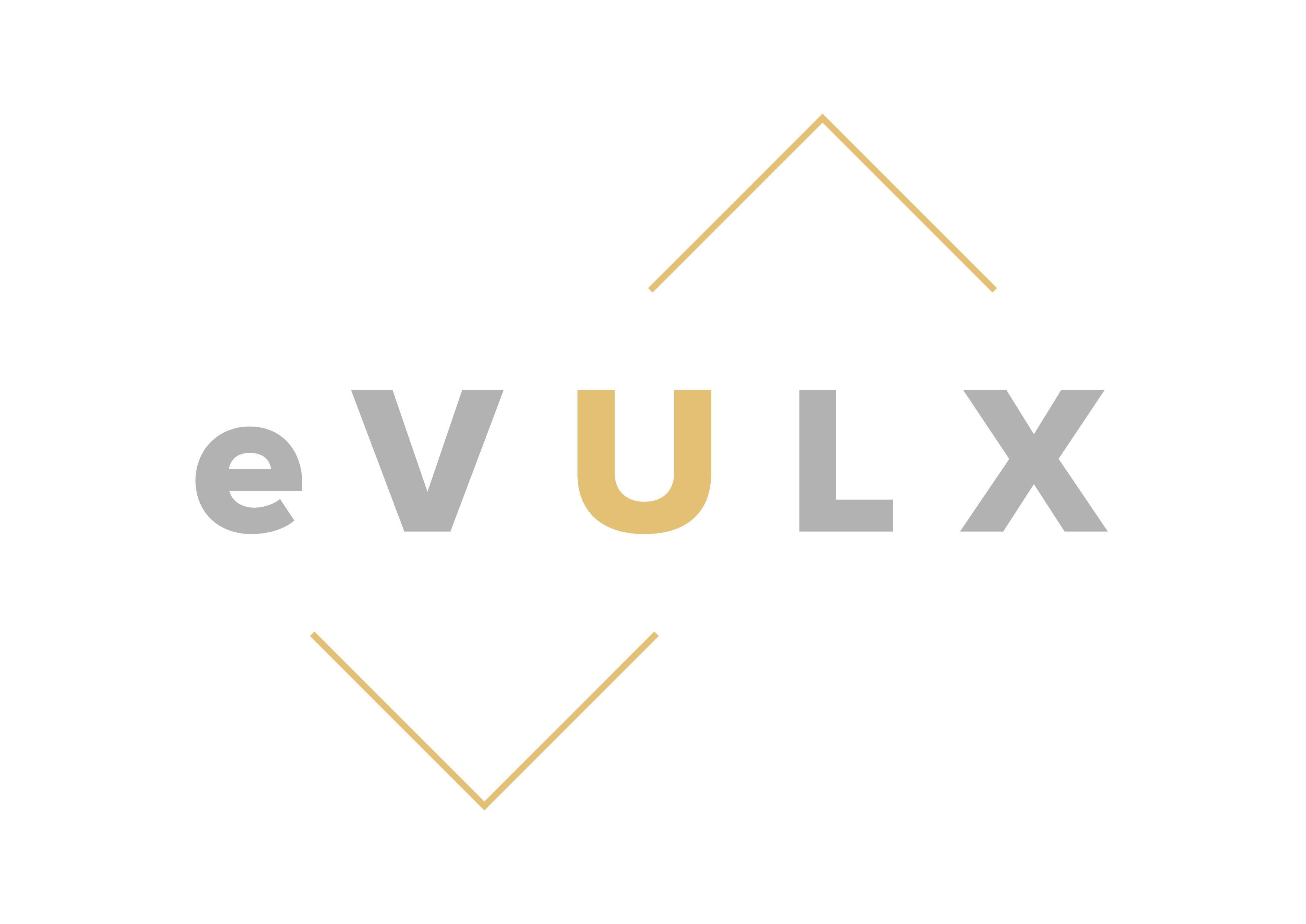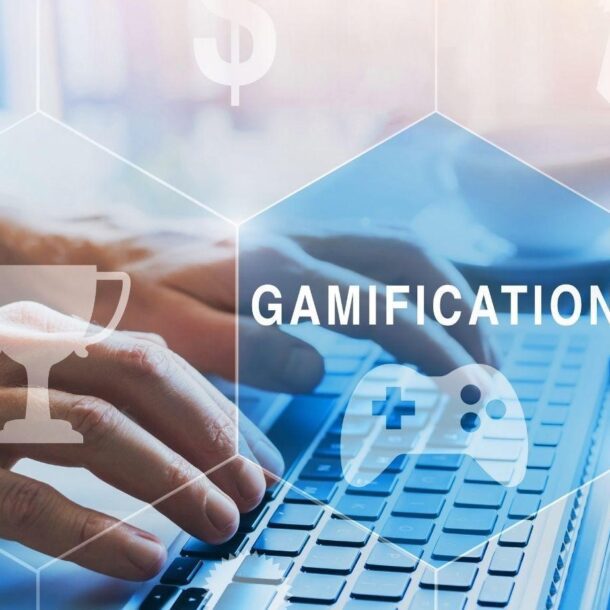
How Gamification in Marketing Affects Consumer Behavior?
Arun Nagarajah
October 10, 2022Gamification is a technique used to motivate people to perform activities they would not normally do. The goal of gamification is to make the process of completing a task or achieving a goal more exciting and enjoyable.
In this article, we will explore how consumer behaviour can be changed through gamification and how this can impact marketing strategies.
How Does Gamification Affect Consumer Behaviour?
When people are motivated by goals, it can lead to positive changes in behaviour, such as increased productivity at work or school, improved health outcomes, and lower stress levels. For example, suppose you’re playing a game that rewards you for exercising regularly with higher scores or special items after each workout session.
In that case, you may feel like working out more often because these rewards are motivating enough to keep you engaged in your exercise routine over time.
Similarly, if you’re playing an online game where winning will give you access to new levels or unlock new features, then this motivates players to keep playing until they win so they can continue enjoying their experience without having any interruptions caused by losing progress.

First, we will look at how consumer behaviour plays into consumer psychology. Next, we will explore what types of games are most effective in changing consumer behaviour and why gamers are more likely than non-gamers to respond positively to certain stimuli such as ads or sales promotions.
What is Gamification in Marketing?
Gamification is a marketing technique that uses game-based mechanics and game design elements to engage users and solve problems. To succeed, it must have a clear purpose, rules and rewards.
Gamification in marketing is the process of turning a monotonous task into an engaging experience by applying game mechanics to the process. The goal of gamification marketing is to make these activities more fun and rewarding, which leads people to participate in them more often.
The idea behind gamification is that people love games because they’re fun, which makes them more likely to participate in activities like checking email or reading an article on your website.
A good example of gamification would be the use of badges as rewards in social media platforms such as Instagram or Pinterest. The user is rewarded with a badge or some other form of recognition for completing certain tasks on these platforms.
For example, when you get 10 followers on Instagram, you will receive a badge which will appear next to your profile picture. This encourages the user to keep using the platform by rewarding them for using it more frequently than they would otherwise.
Another example of gamification would be something like Farmville where you grow crops on your farm and then sell them at an auction house so you can buy more seeds or expand your farm. This encourages people to play more often because they want their farm to become bigger so they can earn more money from selling their crops at auctions.
Gamification works by using the same motivational triggers that make games so addictive: competition, rewards, and feedback. By including these elements in gamified activities, you can increase consumer participation and engagement with your brand.
Related Article: Why Do We Enjoy Games?
Why Is Gamification Important?
Gamification is a technology that is used to motivate people to take action in a fun way. This technology can be used to solve problems and create solutions. It can also be used to increase gamification customer engagement, loyalty, and satisfaction.
The best part about gamification is that it isn’t just for kids! You can use it to improve your website or app, or even just as a fun tool for your company’s employees. Gamification marketing ideas can be used to increase sales by adding incentives for your customers or users to keep coming back for more of what you offer.
The more they come back (and spend), the more likely it will be that they will recommend your business or product because they enjoyed it so much!
Why Use Gamification in Marketing?
You’re probably wondering why investing in gamification is worth your time. Gamification is a powerful tool to engage with customers and increase sales, brand awareness, and customer gamification retention. There are factors affecting purchase intention; let’s take a look at some of the benefits first.
Benefits of Using Gamification in Marketing
There are many benefits of using gamification in marketing. Some of the most common benefits include:
- Increase brand awareness.
- Increase sales
- Improve customer loyalty, engagement and satisfaction with your brand, products or services
- Increase customer retention as well as brand equity by creating a positive experience for customers that they want to share with their friends and family through referrals or social media posts (which in turn drives more business).
The Step-by-Step Guide to Gaming Marketing Campaigns
- Understand the consumer
- Understand the types of consumers you are trying to reach.
- Understand what motivates them and what they like/dislike about your brand or product.
- Understand the problem you are trying to solve:
- What is it that your consumer needs? Do they have an issue with a particular aspect of life, such as stress or anxiety? Or do they want something specific from a product or service? If so, how can gamification help them achieve their goal?
- Set up a clear plan for each game section: By doing this, you’ll be able to determine whether or not your players are on track with their goals and make adjustments accordingly if necessary (i.e., increase the difficulty if players aren’t completing enough levels). A good example would be an exercise app like Fitocracy, where users need to maintain certain workout routines in a given time. On every achievement, they are rewarded with badges and other perks such as increased visibility within their social groups through leaderboards showing how many points other users have earned by performing similar exercises over longer periods.
Marketing Gamification is an Effective Technique for Audience Engagement
Using marketing gamification is a very effective technique for audience engagement. It can be used to increase the value of a product, service or experience.
For example, let us say you want to build your brand and boost sales with your product or service. Gamification in marketing is a great way to engage your customers and increase their loyalty towards your brand.
You could gamify your purchase process by rewarding customers with points when they purchase your products or services; this will incentivize them to make more purchases from you in the future and increase their loyalty towards your company. Or perhaps you want more people to sign up for an event that provides excellent value for those who attend but don’t have much time on their hands (e.g., learning new skills).
In this case, creating a game where people compete against each other would encourage them to sign up because they want bragging rights among their friends or colleagues who didn’t manage to get there first!
Gamification is also a great way to improve lead generation by offering rewards for people who complete certain tasks—for example, if someone signs up for your newsletter, they may be able to receive a coupon code as an incentive.

Drawbacks of Using Gamification in Marketing
There are a few drawbacks of using gamification.
- Gamification marketing examples can be expensive. A lot of work goes into creating a game, including graphic design and art direction. You will also need to hire people who understand the technology behind gamification and how it works with your website or app.
- Gamification can be time-consuming. Creating an effective game takes time, especially if you’re working with someone else on the project rather than doing it yourself. You want everyone involved in making sure your game is fun and engaging for users so they’ll keep coming back for more!
- Gamification can be hard to measure success (or failure). While there are ways to count how many people have played your game, there isn’t any way yet for marketers or companies who use gamification as part of their marketing strategy to determine whether or not their games are working towards achieving whatever goals they may have set out at the beginning of development process (like increasing customer loyalty).
Conclusion
If you have made it to this point, then congratulations! Hopefully, you now understand the importance of marketing gamification and how it can help your business. Marketing gamification is all about creating a fun and engaging experience for your customers. It’s about making sure that they are having fun with your product or service by adding elements of competition or challenges.
You want your customers to experience something new that they have never experienced before so that they keep coming back for more!
The idea behind marketing gamification is simple: if you create an environment where people feel like they are part of something bigger than themselves, then they will be more likely to engage with your brand and purchase your products or services. This is because they feel like they are involved in something greater than just themselves—they feel like they belong somewhere special. Visit eVULX for more information on gamified solutions.
9.08 & 9.09, Block E Phileo Damansara 1,
9, Jalan 16/11, 46350 Petaling Jaya, Selangor
Telephone: +60122254456
Email: [email protected]
(202001021557) (1377877-X)
All Rights Reserved




